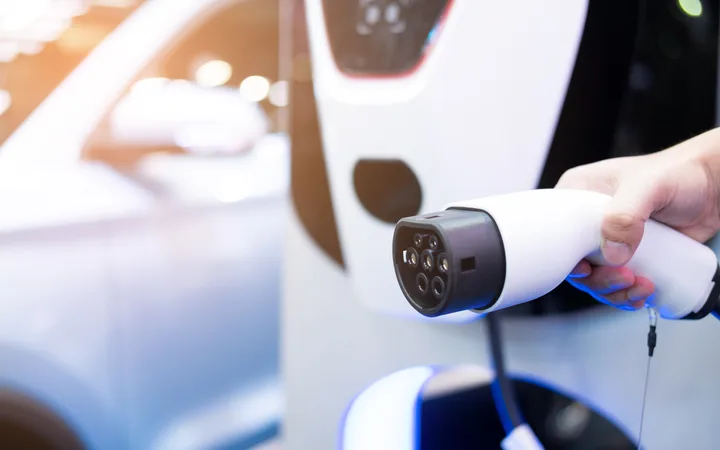Patents and the Energy Transition

“Around half the emissions reductions to get to net zero by 2050 may need to come from technologies that are not yet on the market,” the IEA Executive Director Fatih Birol said in a recently published report entitled “Patents and energy transition”, considering major trends in low-carbon energy innovation between 2000 and 2019.
Whilst the overall growth rate of patenting activity in low-carbon energy (LCE) technologies, as measured by the report, was increasing faster than in fossil fuel technologies, the report notes that following the drop in LCE patenting in 2015, the average annual growth rate of LCE patents since 2017 has been only 3.3%, more than three times lower than the 12.5% average growth sustained by LCE innovation between 2000 and 2013.
The report considered inventions in LCE technologies in three categories:
- low-carbon energysupply technologies;
- technologies that facilitate more efficient use of energy or fuel-switching; and
- “enabling” technologies that cut across supply and end-use or enhance infrastructure to accommodate higher levels of clean energy
It found patent activity in the cross-cutting “enabling” technologies saw the greatest acceleration in growth.
The changes in patent activity demonstrate the dynamics of innovation as the commercial energy supply technologies have begun to consolidate around a dominant designs and inventive activity has moved to process innovation in the manufacture and scaling up of such designs to reduce costs. The report indicates that a concerted global push will be required to ensure the continual flow of the innovation pipeline of improved LCE technologies.
Further, it is considered technologies still currently at the prototype or demonstration phase represent around 35% of the cumulative CO2 emissions reductions needed to shift to a sustainable path consistent with net-zero emissions by 2070. With a benchmark timescale of ten to 30 years from first prototype to mass market being suggested for such technologies, in view of LED and lithium-ion battery technology, the report suggests challenges are present in scaling and implantation of new technologies.




















